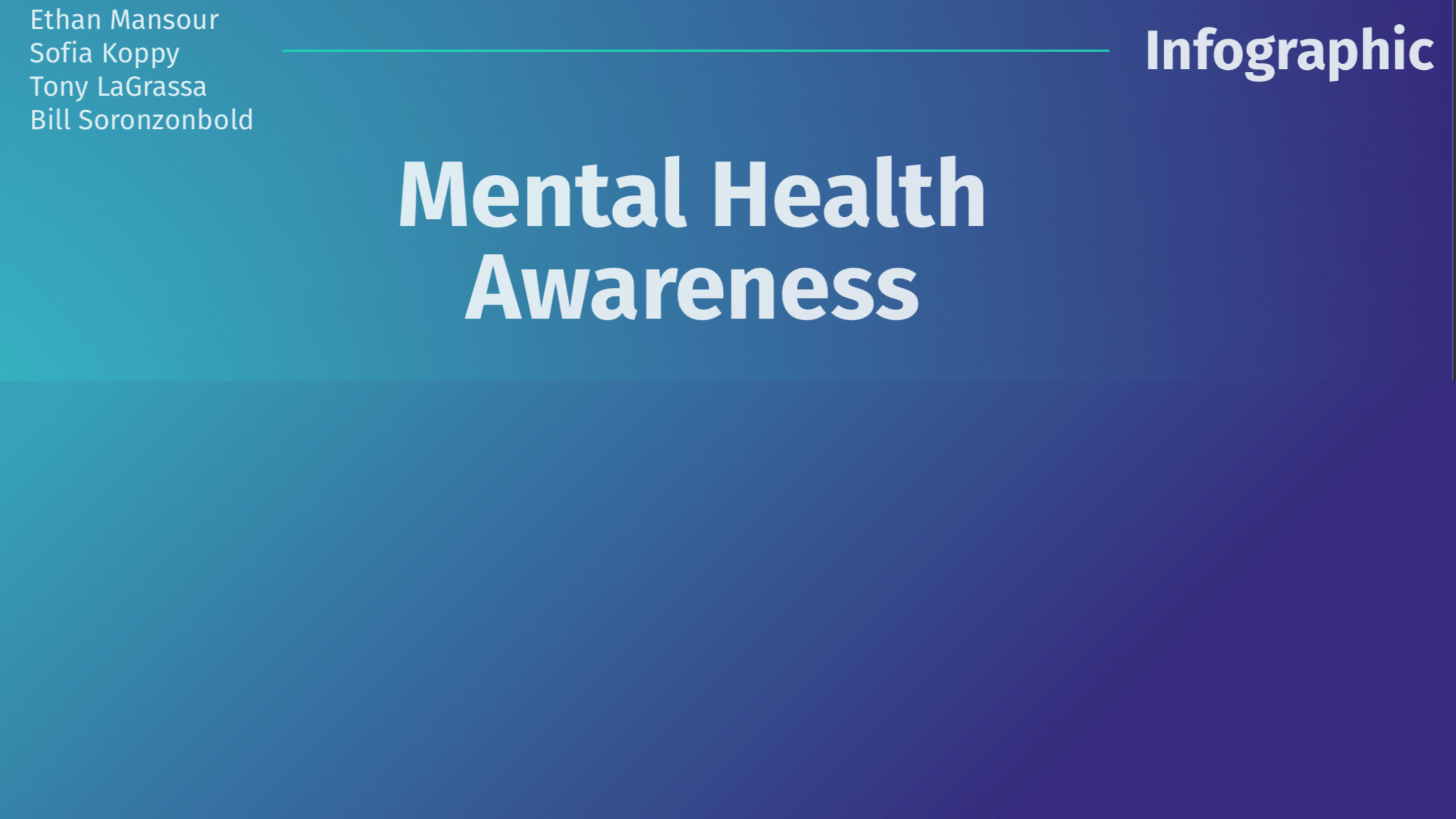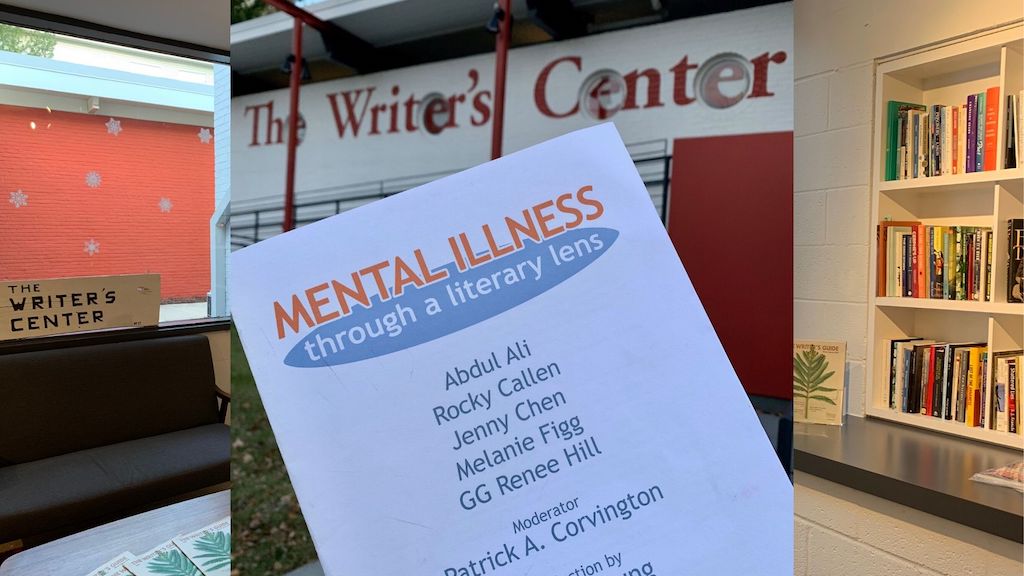"Every Winter I Just Feel SAD": What to Do About the Winter Blues
Mental Health, Seasonal Affective Disorder
Seasonal Affective Disorder
Depression is one of the most prevalent psychological disorders, with about 7% of the US population experiencing an episode of depression each year. That’s more than 16 million people! For many of those people, they may experience symptoms predominantly in the winter months.
This is a variant of depression known as Seasonal Affective Disorder, or SAD. The rates of SAD vary widely throughout the US, in part, because proximity to the equator correlates with susceptibility to experiencing SAD. For instance, about 1% of the population in Florida experiences SAD, while that number is 9% in Alaska.
SAD is Something So Many of Us Struggle With
It’s is estimated that up to 10 million people in the US struggle with the winter blues. Of course, whether a person experiences depression, or this seasonal variant, is dependent on a lot of factors, not just latitude, and some simple lifestyle choices could very well help to mitigate or prevent SAD.
There are always the standard treatments, which include:
- Lightbox therapy
- Psychotherapy
- Antidepressant medication
All of these options have been found to effectively treat SAD.
Combat SAD with a Happy Lamp!
First and foremost, let there be light! If you don’t happen to have a lightbox that can mimic natural sunlight (as most of us do not), you may just have to do it the old fashioned way and go for a walk during lunch. This is actually a double whammy approach.
One benefit is that this increase the amount of sunlight you’re exposed to. Also, it gets you up and moving (what psychologists call behavioral activation), which is a commonly recommended and highly effective strategy for treating mild to moderate depression.
Diet Plays an Important Role
Another aspect to consider is diet. Since we get much of our vitamin D from sun exposure, it’s probably not surprising to hear that some research has found vitamin D deficiencies in those with seasonal depression, and that vitamin D supplements in winter prior to the onset of symptoms may be a good preventative measure.
Additionally, despite being far from the equator, Iceland and Japan both have unexpectedly low prevalence rates of SAD, which some researchers have suggested may be related to their high intake of fish.
Vitamins: Helpful, but Not a Panacea
Scientists suggest that this has something to do with the omega-3 fatty acids found in seafood, as some studies have found that people with depression can exhibit an omega-3 deficit.
On the other hand, other studies have shown some beneficial effects of omega-3 supplements in treating depression (not to mention the strong inverse relationship between fish consumption and depression that has been found cross-nationally).
Now, taking a vitamin D pill and getting a piece of salmon on your salad probably won’t make the winter blues disappear, but being thoughtful about how you’re treating your body, especially as the winter months approach, may go a long way in helping to prevent symptoms before they start.
Self Care Helps Combat Seasonal Affective Disorder
It’s important to note that this last point goes well beyond diet. Good self-care is the cornerstone of any effective treatment strategy, whether you’re talking about:
- Anxiety
- Depression
- Any other mental health issue.
Regardless of the season, here are the 3 keys to self-care:
Eat well
Sleep well
Maintain a good balance between work and play.
If you ever feel like depressive symptoms are getting in the way of living your life to the fullest, I would strongly encourage pursuing one or all of these options. But there are many other strategies that you can implement immediately that may also prove helpful.
Contact author Tim Pineau, Ph.D. at tim.pineau@gmail.com


